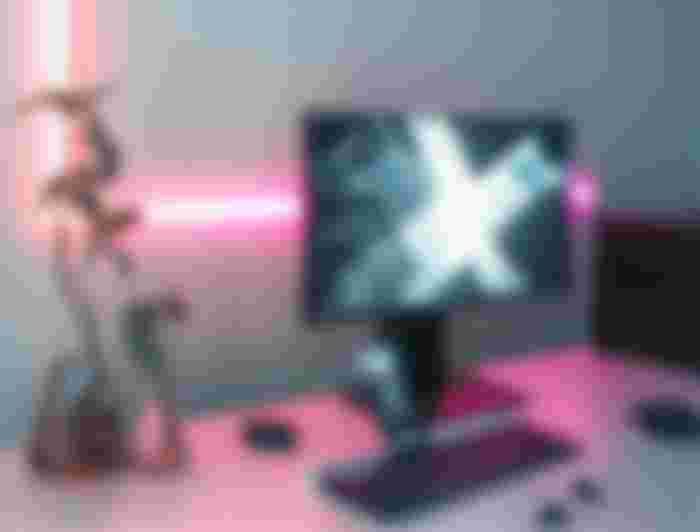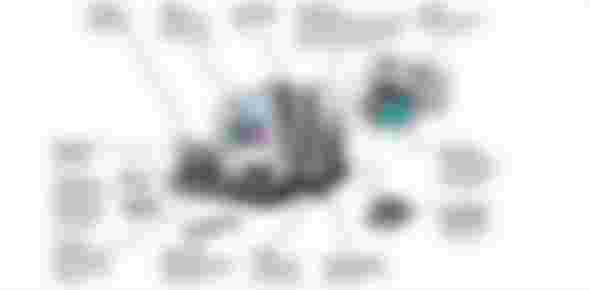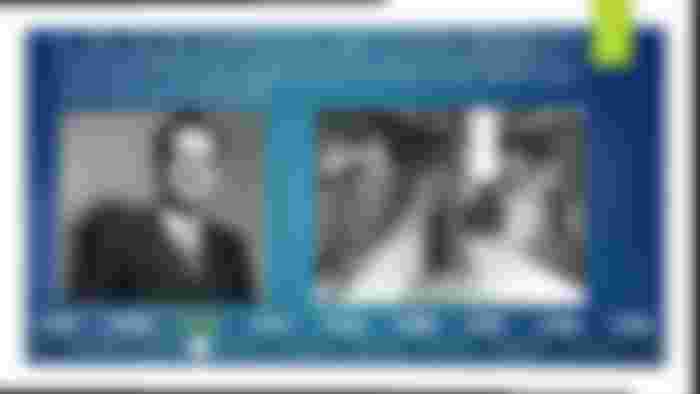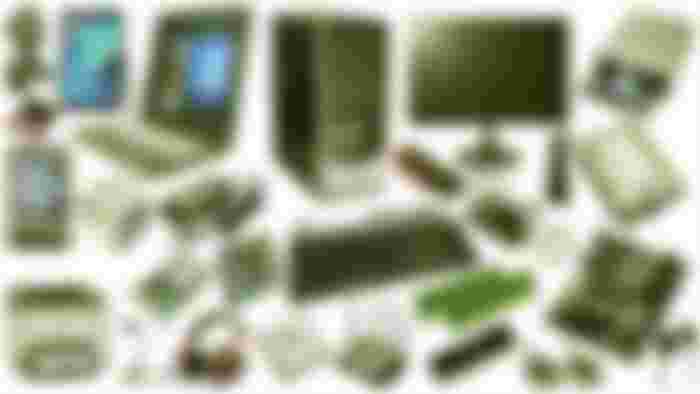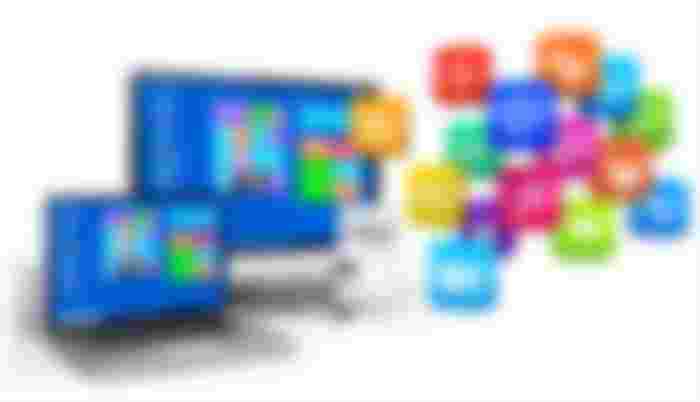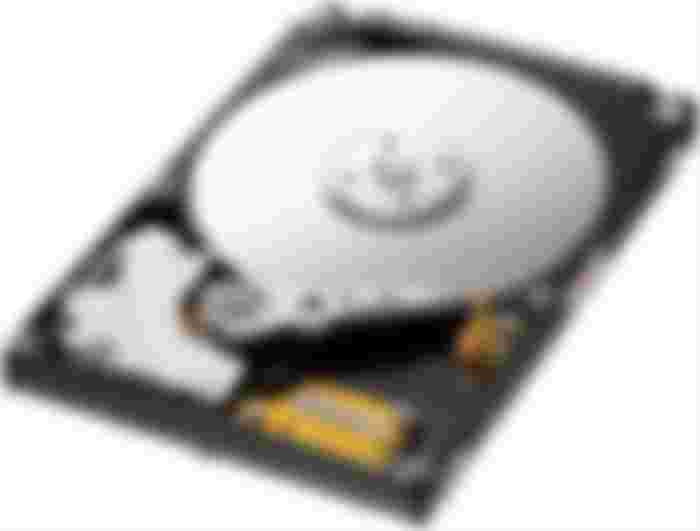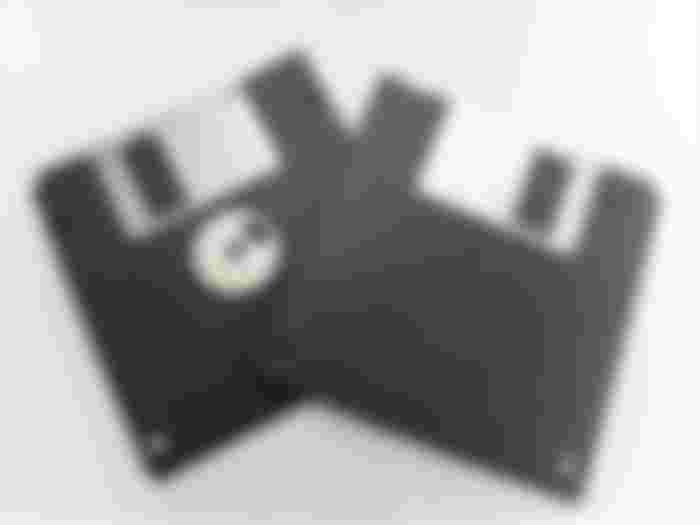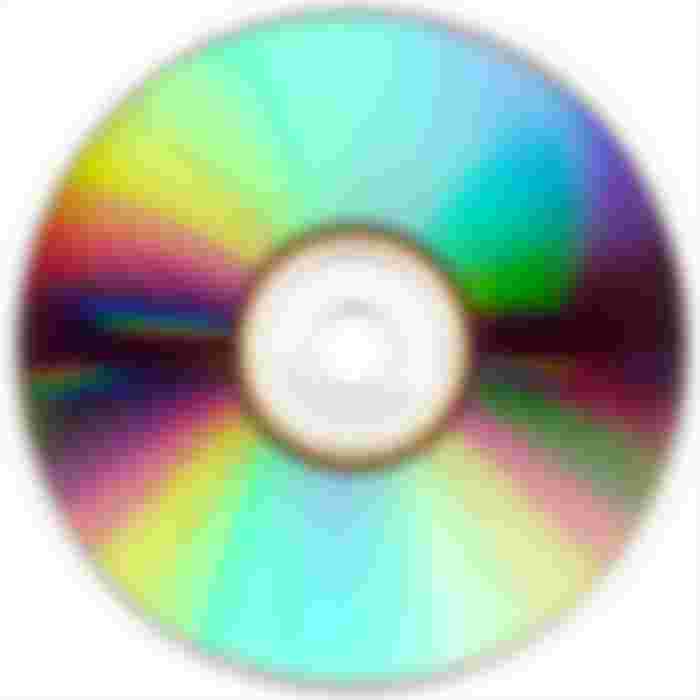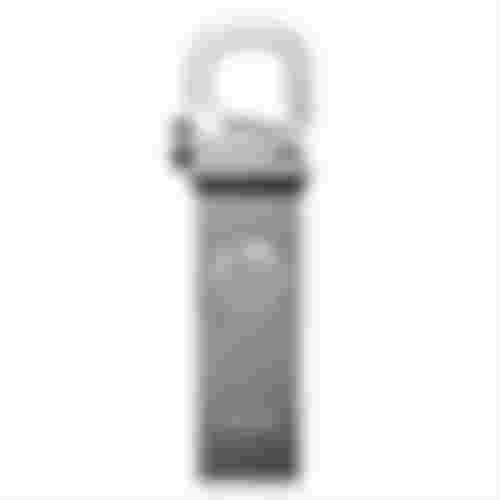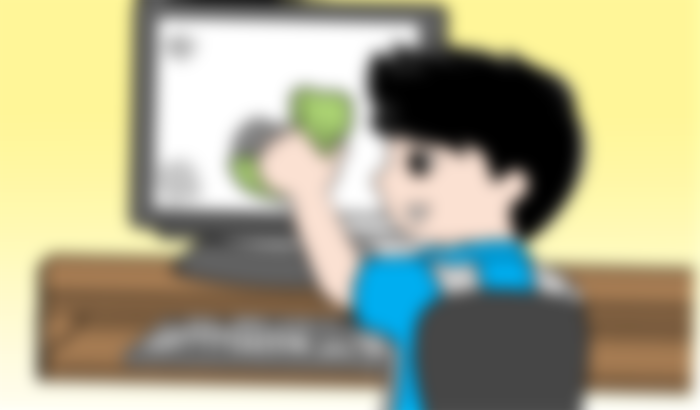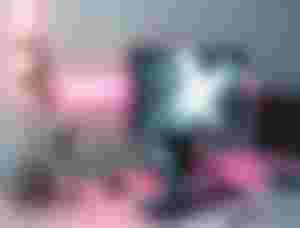
Welcome to the Article! This is Article one of the course Introduction to Computers.This site will give students at the fouth grade level a basic working knowledge of waht a computer is and how it works. After viewing this site students will be able to formulate questions about the computer that will generate meaningful discussions in the classroom. The main topics below are the areas that will be covered.
Topics you will explore,
COMPUTER FUNDAMENTALS
A BRIEF COMPUTER HISTORY
COMPUTER HARDWARE
COMPUTER SOFTWARE
STORAGE MEDIA
COMPUTER CARE
COMPUTER FUNDAMENTALS
A computer is an electronic machine that accepts data, stores and processes data into information. The computer is able to work because there are instructions in its memory directing it.
The parts of the computer that you can see and touch, such as the keyboard, monitor and the mouse are called hardware. The instructions that direct the computer are called software or computer program.
Data which is raw facts that you the user enter into the computer is called input. This includes; words, numbers, sound and pictures. When the data is entered into the computer, the computer processes the data to produce information which is output. For example, you enter 2+2 into the computer as data, the computer processes it and the result is 4 which is information.
Computers are usually categories into three general categories:
1.Supercomputer – The fastest, largest, most powerful and most expensive computer.
2.Mainframe Computer – This is a little smaller and less powerful than the supercomputer, but, like the supercomputer it is also expensive.
3.Personal Computer (PC)- This is the computer that most people use in their daily lives. This computer is much smaller, less powerful and less expensive than the supercomputer and the mainframe computer. There are two main types of personal computers. Macintosh (Macs) and the PC compatibles (PC). The main differences between the two are the operating systems and the processor they use. This category of computer has two additional types of computers. These are mobile computer and handheld computer. The most popular type of mobile computer is the notebook or laptop computer, and the handheld computer is a very small PC that you can hold in your hand.
It is important to note that, any computer; regardless of its size has an input device, output device and a system unit.
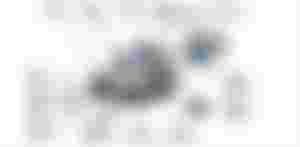
A BRIEF COMPUTER HISTORY,
The computer as we know it today had its beginning with a 19th century English mathematics professor name Charles Babbage.
He designed the Analytical Engine and it was this design that the basic framework of the computers of today are based on.
Generally speaking, computers can be classified into three generations. Each generation lasted for a certain period of
time,and each gave us either a new and improved computer or an improvement to the existing computer.
First generation: 1937 – 1946 - In 1937 the first electronic digital computer was built by Dr. John V. Atanasoff and Clifford Berry. It was called the Atanasoff-Berry Computer (ABC). In 1943 an electronic computer name the Colossus was built for the military. Other developments continued until in 1946 the first general– purpose digital computer, the Electronic Numerical Integrator and Computer (ENIAC) was built. It is said that this computer weighed 30 tons, and had 18,000 vacuum tubes which was used for processing. When this computer was turned on for the first time lights dim in sections of Philadelphia. Computers of this generation could only perform single task, and they had no operating system.
Second generation: 1947 – 1962 - This generation of computers used transistors instead of vacuum tubes which were more reliable. In 1951 the first computer for commercial use was introduced to the public; the Universal Automatic Computer (UNIVAC 1). In 1953 the International Business Machine (IBM) 650 and 700 series computers made their mark in the computer world. During this generation of computers over 100 computer programming languages were developed, computers had memory and operating systems. Storage media such as tape and disk were in use also were printers for output.
Third generation: 1963 - present - The invention of integrated circuit brought us the third generation of computers. With this invention computers became smaller, more powerful more reliable and they are able to run many different programs at the same time. In1980 Microsoft Disk Operating System (MS-Dos) was born and in 1981 IBM introduced the personal computer (PC) for home and office use. Three years later Apple gave us the Macintosh computer with its icon driven interface and the 90s gave us Windows operating system.
As a result of the various improvements to the development of the computer we have seen the computer being used in all areas of life. It is a very useful tool that will continue to experience new development as time passes.
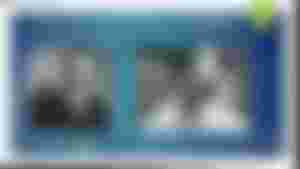
COMPUTER HARDWARE
You learned earlier that a computer has electronic and mechanical parts known as hardware.
Hardware also includes input devices, output devices, system unit, storage devices and
communication devices. Without these components we would not be able to use the computer.
Input Devices - An input device is any hardware component that allows you the user to enter data into the computer.
There are many input devices. Six of the most widely used input devices are:
1. A keyboard -- You use the keyboard to type letters,
numbers,and symbols into the computer.
2. A Mouse --The mouse is a pointing device that has a pointer
that changes into different shapes as you use the mouse.
You click the mouse by pressing and releasing the button.
This action allows you to enter data when using a mouse.
3. A Scanner -- This input device copies from paper into your computer.
4 . A Microphone -- The microphone is usually used for voice input into the computer.
5. A Digital Camer -- The digital camera allows you to take pictures that you can input into your computer.
6. A PC Video Camera -- The PC video camera allows you take both video
and still images that you can input onto your computer.
Output Devices An output device is any hardware component that gives information to the user.
Three commonly used output devices are as follow:
1. A Monitor -- This output device displays your information on a screen,
2. A Printer -- This output device prints information on paper.
This type of printed output is called a hard copy
3.A Speaker -- Sound is the type of output you will get from a speaker.
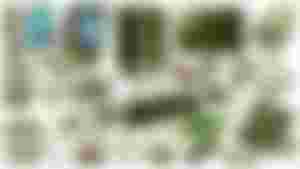
COMPUTER SOFTWARE
The computer will not work without software. Software also call programs are the instructions that tell the computer what to do and how o do it. The two main categories of software are system software and application software. The system software also called the operating system (OS) actually runs the computer. This software controls all the operations of the computer and its devices. All computers use system software and without the system software the application software will not work. The most common OS on a PC is the Windows operating system and for the Mac computer it would be the Mac operating system.
Application software is a program that allows users to a specific task on the computer. There are a number of different types of application software available to do many of the tasks we do daily. Four examples of common application software and what they are used for are:
Word Processing Application: One word processing program is Microsoft Word. This program allows you to type letters, assignments and do any other written activity on the computer.
Spreadsheet Application: Microsoft Excel is an example of a spreadsheet program. One can use this program to create charts and do calculations.
E-mail Application: Outlook Express is an e-mail program that allows you to receive and send e-mails.
Internet Application: Internet Explorer is a program that allows you to get connected to the Internet and look at Web sites like the one you are reading now.
It is important to note that when you buy a computer the computer comes with the operating system and some software already installed. You may have to buy more software and install them on the computer. Install means to load the software onto the hard disk of the computer so that you can run or use the software.
Like any other equipment the computer needs to be cared for; let us discuss how we should go about caring for our computer.

STORAGE MEDIA
Storage keeps data, information and instructions for use in the future. All computers use storage to keep the software that makes the hardware work.
As a user you store a variety of data and information on your computer or on storage media. Storage media are the physical materials on which data, information and instructions are kept. When a user saves information or data to a storage medium he or she is storing a file, and this process is called writing.
When the file is opened the process is called reading. Common storage media are:
Hard Drive: This storage medium which looks like the one below, is a hard drive. This medium comes with the computer and is always inside the computer.
It stores all the programs that the computer needs to work. In addition users store their data and information on the hard drive.
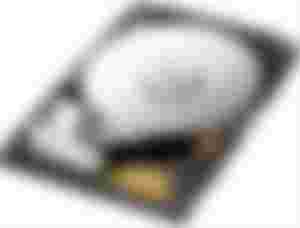
Floppy Disk: This storage medium is considered to be a portable storage medium. You put it into the computer save your information on it, take it out, and take it with you wherever you go.
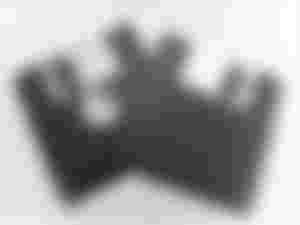
CD&DVD: These types of storage media hold much more information than a floppy disk. They are also considered portable storage. These types of storage media come in different forms. This means that there are CDs and DVDs that you can only save information on but you cannot erase the information. In addition there are those that can both save information on and erase the information you have saved.
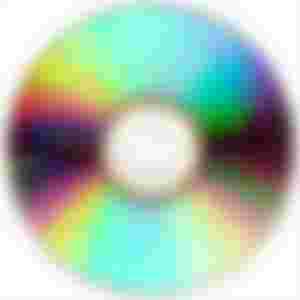
USB Flash Drive: This is a storage medium that is very easy to carry around and it also holds more data than a floppy disk. As you can see from the picture below it is very small when compared with the others.
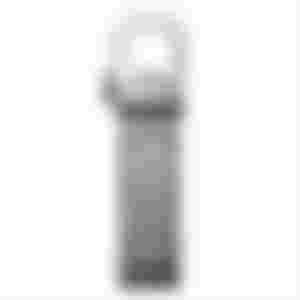
COMPUTER CARE
Taking care of your computer is just as important as taking care of your books. Both the internal and the external parts of the computer have to be cared for. Scanning, defragging and reformatting are some of the activities performed to clean up the hard drive. These activities are best left to a grown up and such you should not attempt them. However, there are certain tasks you can perform to ensure you computer is clean; here are a few:
Keep Dust Away: Dust your computer to keep it free of dust and dirt.
Keep Food Away: Do not eat or drink while working on the computer.
Use Clean Hands: Make sure your hands are clean before you type on the keyboard of click the mouse.
Treat With Respect: If you are having problems with your computer, ask for help. Do not bang or hit the computer.
Keep Off: Seeing that the computer is connected to electricity, this means that lightning could be conducted to your computer through the electrical connection. For this reason it is best not to use your computer during a storm.
Stop Virus Attact: A computer virus is a program written by a person on purpose to harm other peoples’ computers. A computer virus is passed from one computer o another when you share and download files without the protection of an antivirus software. For this reason you should get permission before downloading files.
Handle With Care: The way you handle your CDs will determine how log they will last. Always hold the CD correctly as shown in the picture below.

